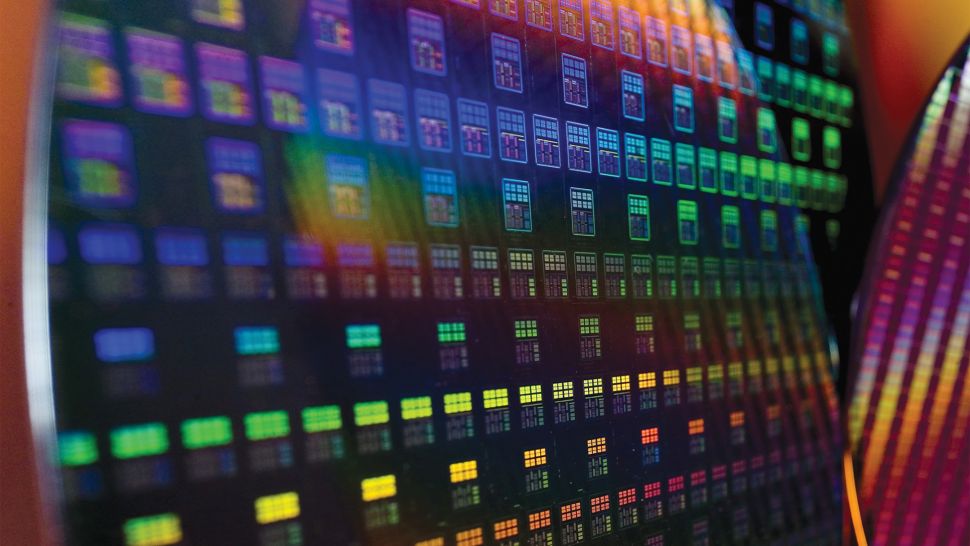Intel has decided to postpone volume production of its Meteor Lake’s GPU tile using TSMC’s 3nm-class technology (N3, N3E, etc.) to late 2023, according to a report from TrendForce Research. The delay has allegedly affected TSMC’s investments in expanding N3-capable production capacity.
Apple and Intel were expected to be the first companies to adopt TSMC’s N3 production node in the second half of 2022, with initial chips set to be delivered in early 2023. But Intel’s first N3 product was projected to be GPU tile for its 14th Generation Core ‘Meteor Lake’ processors that are expected to be released in fall 2023. As a result, it postponed the start of its GPU tile high volume manufacturing to the first half of 2023 and recently delayed it further into 2023, according to TrendForce.
Based on Intel’s new timing, we can speculate that the company might have decided to skip TSMC’s N3 fabrication process and use N3E manufacturing technology instead. N3E promises an improved process window and potentially higher yields at the cost of a bit lower transistor density. We do not know whether this is the case, but it might make sense for Intel.
Earlier today, Intel affirmed Meteor Lake’s 2023 launch date, repeating statements from CEO Pat Gelsinger in the company’s Q2 2022 earnings call: “In 2023, we will deliver our first disaggregated CPU built on Intel 4, Meteor Lake, which is showing good health in both our and our customers’ labs.”
Since Intel had reportedly adjusted its 2023 outsourcing plan and notified TSMC about it, the foundry had to adjust its N3-capable capacity expansion, affecting its CapEx in 2022 and 2023.
But while Intel altered its plans for N3, other large customers of TSMC will proceed with the adoption of the company’s 3nm-class nodes following their roadmap. Apple is expected to be the first and only user of TSMC’s N3 node in 2H 2022 – early 2023. Companies like AMD, MediaTek, and Qualcomm intend to start using TSMC’s N3E and N3P fabrication processes in 2024. As a result, TSMC will still have to invest quite a lot in its N3-capable manufacturing capacity in 2022 – 2023 timeframe.
However, remember that we are dealing with an unofficial source and take the information with a grain of salt since plans tend to change.

